Discrimination Needs To Be Addressed in District
September 21, 2015
The Salt Lake School District is under investigation to determine whether or not ethnic minorities are treated unfairly, specifically in matters of discipline.
Michael Clará, a Salt Lake School District board member, filed the complaint to the Office of Civil Rights (OCR). Specifically, he is concerned with the role of School Resource Officers (SROs) in the Salt Lake District. Out of the five junior highs, SROs are only placed full-time at Glendale and Northwest Middle Schools – both on the west side of the district’s boundaries. Glendale is composed of an 86 percent minority population and Northwest’s population is composed of 87 percent, the highest of all the middle schools.
The OCR is currently investigating whether or not Clará’s claims have merit. Meanwhile, the Superintendent of our district, McKell Withers, is stepping down after 12 years largely due to the investigation.
In 2012, minorities comprised about one-third of the population of Salt Lake City, but their youth made up 52 percent of all the juvenile offenses and 51 percent of juvenile arrest incidents that year, noted by the Utah Criminal Justice Center’s Disproportionate Minority Contact (DMC) Assessment.
Now there is an uproar about our own district.
Clará has long been viewed as over-the-top in some of his claims, but the reality is that these problems have always existed, quietly in the corner. Students of color are treated differently in this district and, at times, in this school.
I would not say it is racism, but rather implicit bias. The Kirwan Institute for the Study of Race and Ethnicity coined a term for one kind of thought, called “cultural deficit thinking”. It is when people assume that people of color are detached from the education process – and so adults in schools may have negative presumptions about students, specifically about their skills, ambitions and work ethics. The Institute goes on to say that these are further based on the assumption that ethnic minority students and their families don’t find education important.
How does this bias show up? Simply put, students of color are punished more harshly for the same offenses as white students. This is true in the criminal justice system, where black men receive longer sentences than white men for the same crimes, and it is true in school, according to the data.
Cultural deficit thinking plays a huge part in schools, but there can be other reasons for the disproportionate disciplining of ethnic minorities.
I am in my second year as a member of Peer Court, a restorative justice program aiming away from harsh disciplinary action and instead, towards a learning experience for youth in the Salt Lake City School District.
Out of all the cases we received last year, 62 percent were Hispanic, and only 19 percent were Caucasian. In 2013, there were 10,197 Hispanics and 10,579 Caucasian students in the Salt Lake District. There are two questions to ask here: 1) Are Hispanic students missing school at that much more or a rate? Or, 2) Are Hispanic students being punished more severely?
Peer Court handles Class A and B Felonies, and the cases I see most are truancy cases. No matter what kind of case it is, parents and students have the chance to speak openly. They talk about what happened, and we ask them questions to better understand the situation.
We discuss potential causes of students’ behaviors, ways they can repair the harm and how they can become involved in their communities. We also try to get to know each student – what hobbies they have, their likes and dislikes. No one is a “bad” kid. The students might have made mistakes but they can correct and learn from them, and it doesn’t have to be a negative experience.
Many of the students I see at Peer Court have other events in their lives that affect their school-life, but sometimes the school has no idea. And if they do, they send them to us. Referring a student to Peer Court is fine, but youth are part of the school community as well, and they should have a connection there too. They need to feel that there will always be someone ready to listen to them. This goes for all students and especially minorities, as cultural differences may make it more difficult.
An inspiring teacher is one who has high expectations and believes in their students, while offering endless support. Students should be given the opportunity to rise to the challenge and empower themselves. Are all teachers providing this support equally to all students? Clara says no. The data tends to support his claim.
Sometimes all we need to know is that there are adults in our schools who really do care about us. It is similar to the goals of Peer Court – we hope, by reaching out, listening, and giving opportunities for improvement that students (kids like us) work to better themselves (as we all do, in our own ways). Youth who make mistakes should not be looked as lost causes or “troublemakers” but instead, the future of the country. And if they are looked upon as that, I feel they can become it.
Ideally, all schools should have an environment embodying these values.
At Highland, Principal Chris Jenson wants students from the west side to feel more included and part of the Highland family. On Monday, September 14th, there will be an open community discussion at the Sorenson Center where Principal Jenson hopes to brainstorm with families on how Highland can offer better services among other topics.
I hope that Highland will continue in its endeavors to provide quality education and support for all students, regardless of ethnicity – but as always, we must speak out and advocate for ourselves and the future.
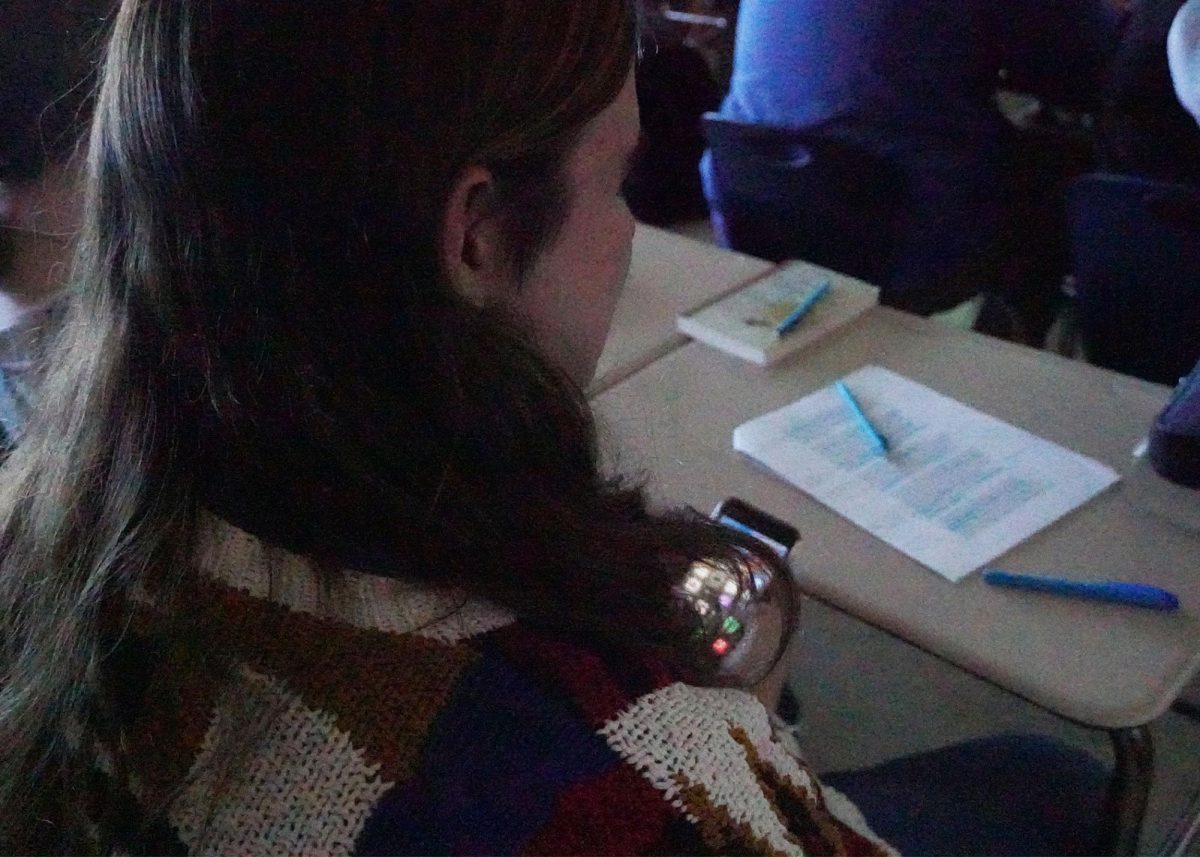
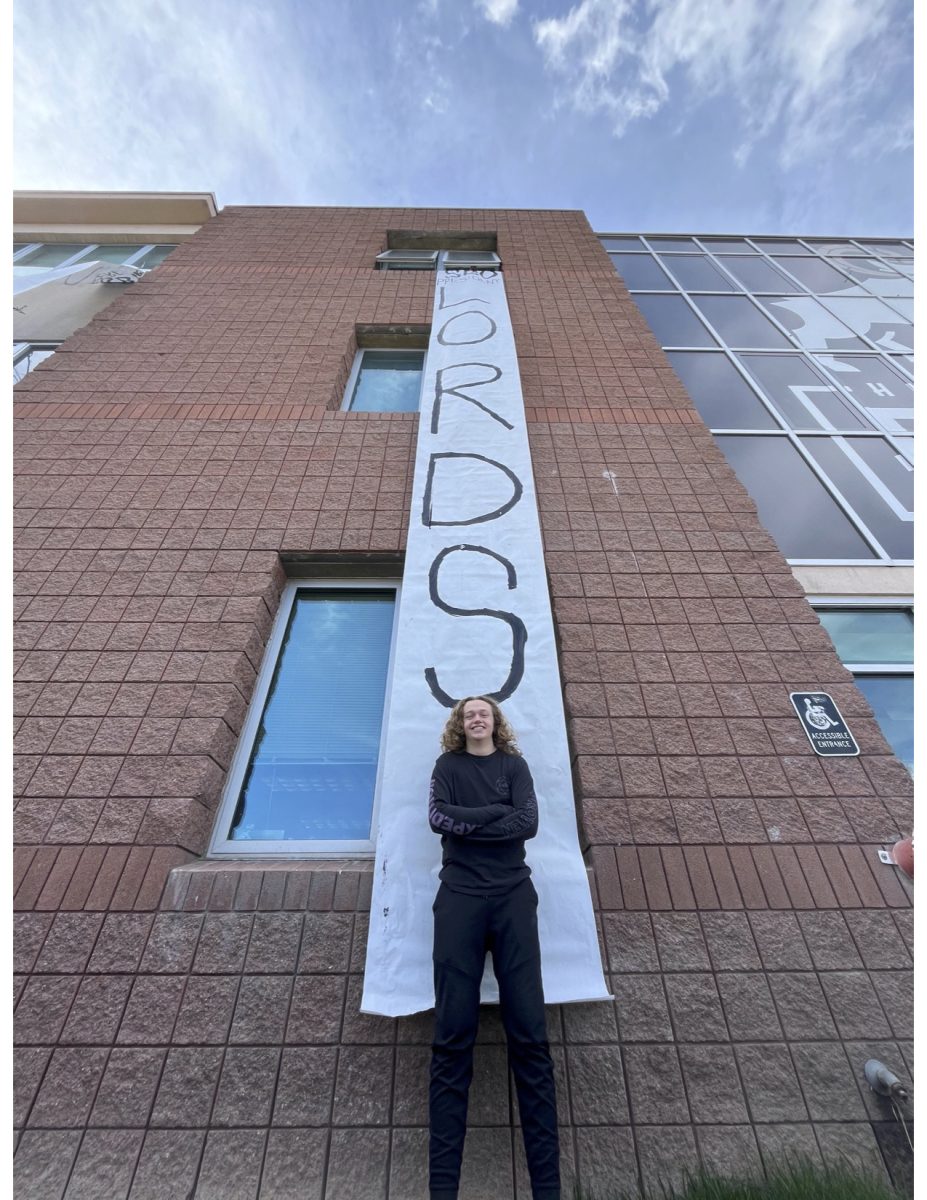
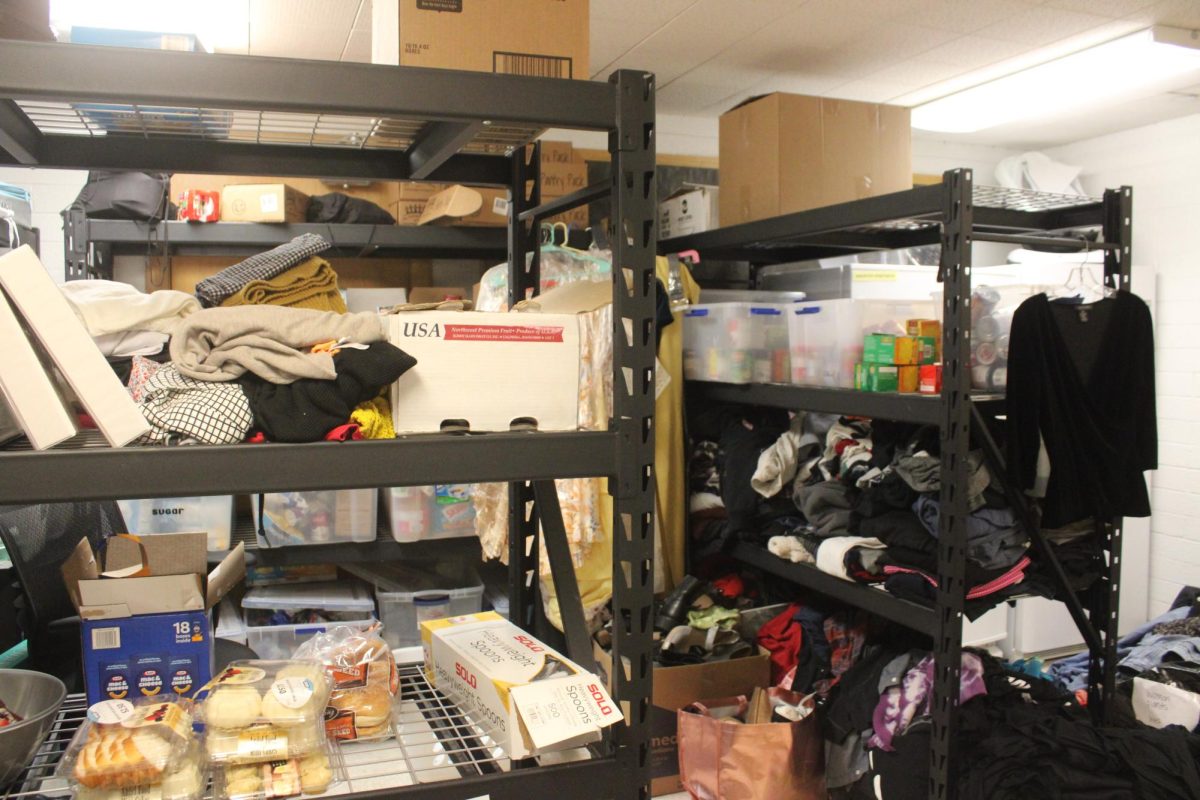


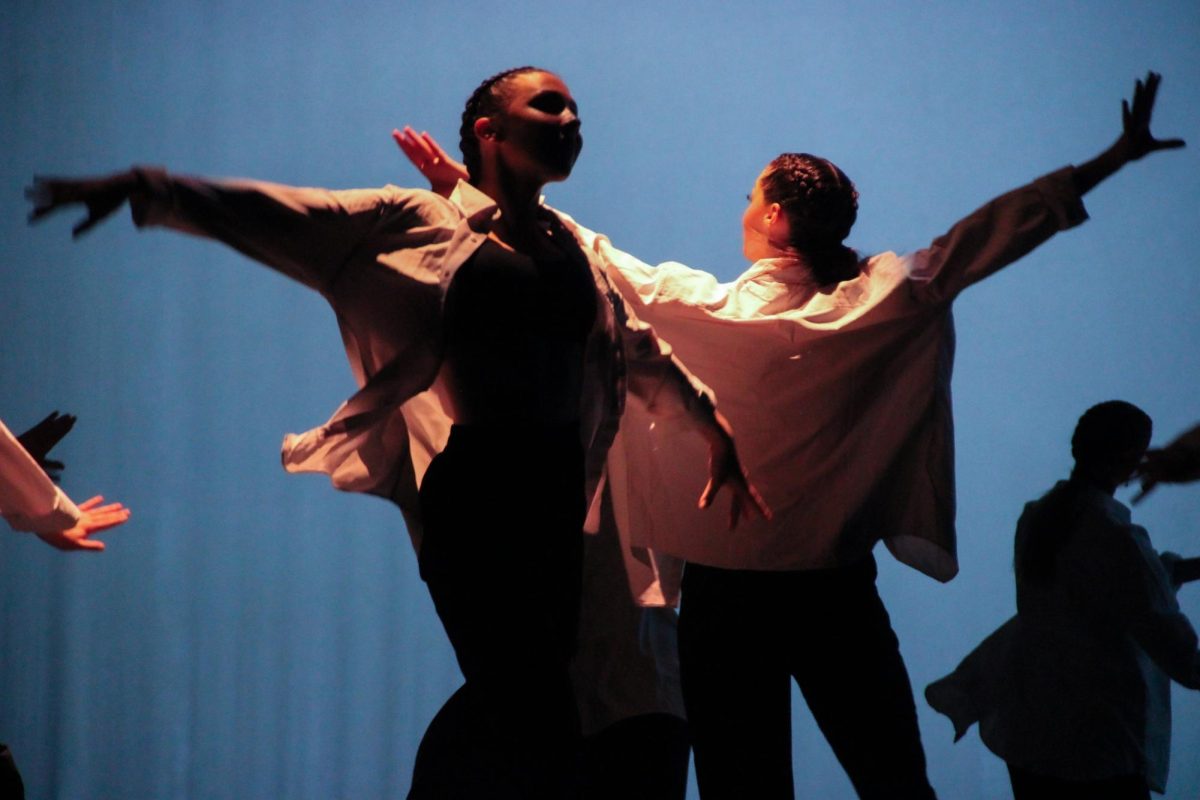
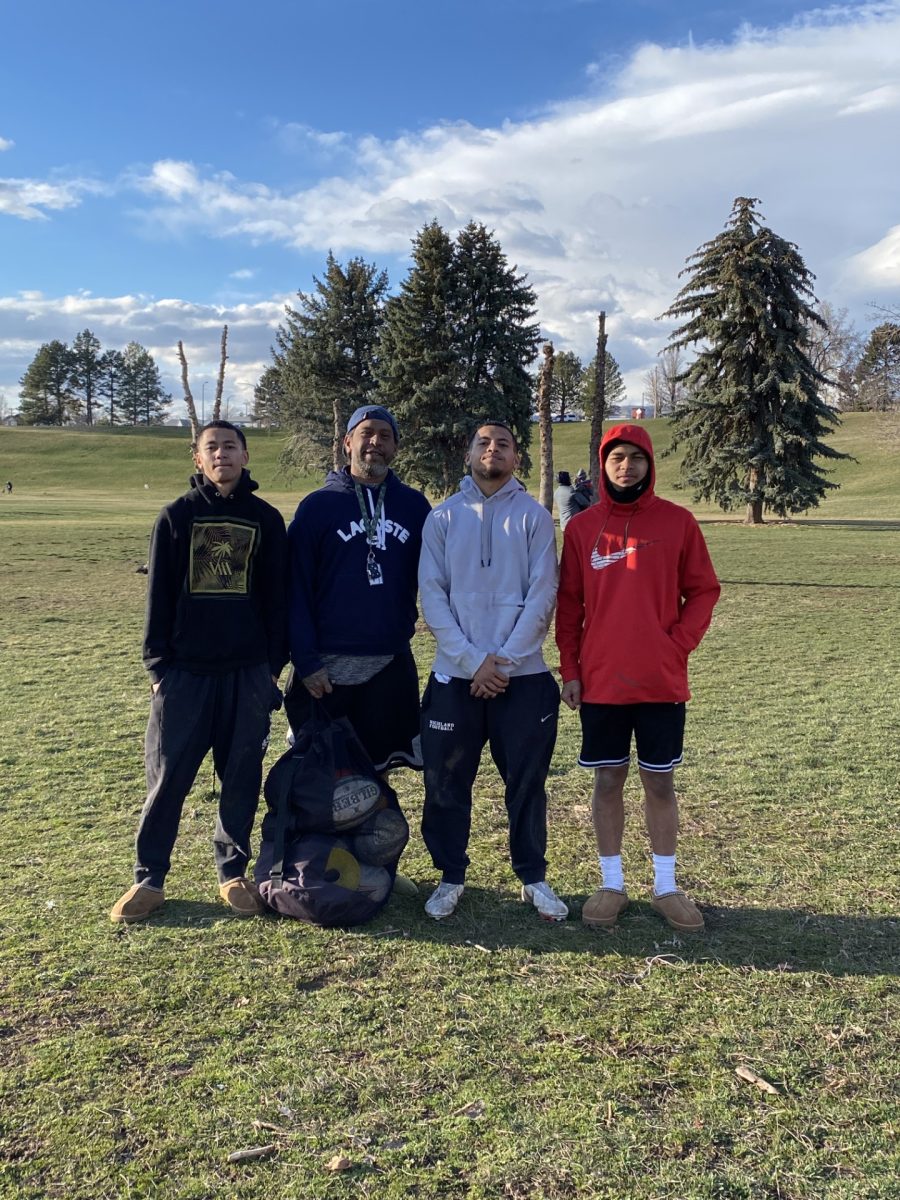
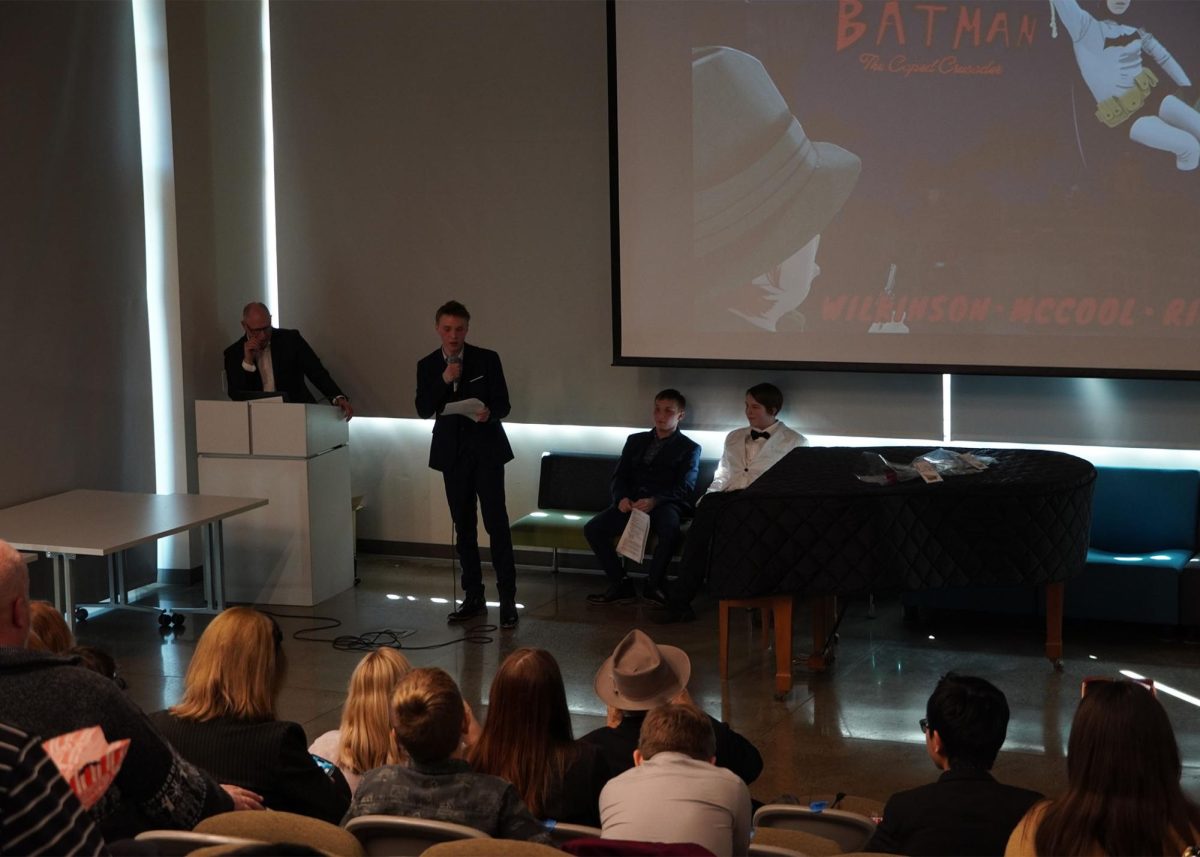

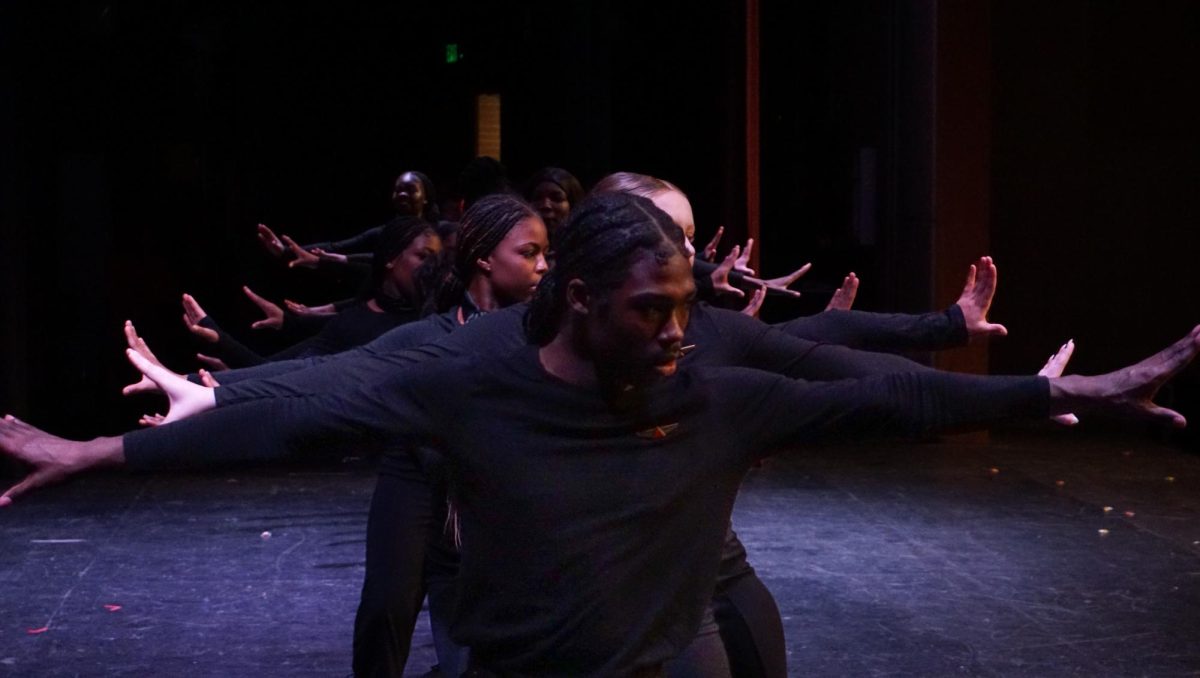
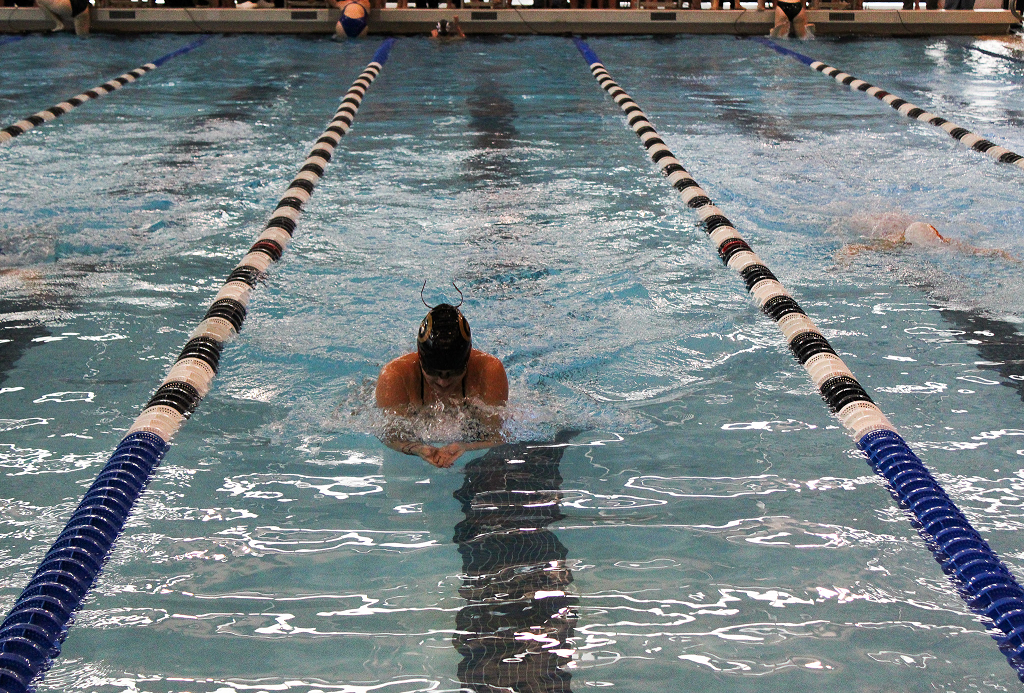
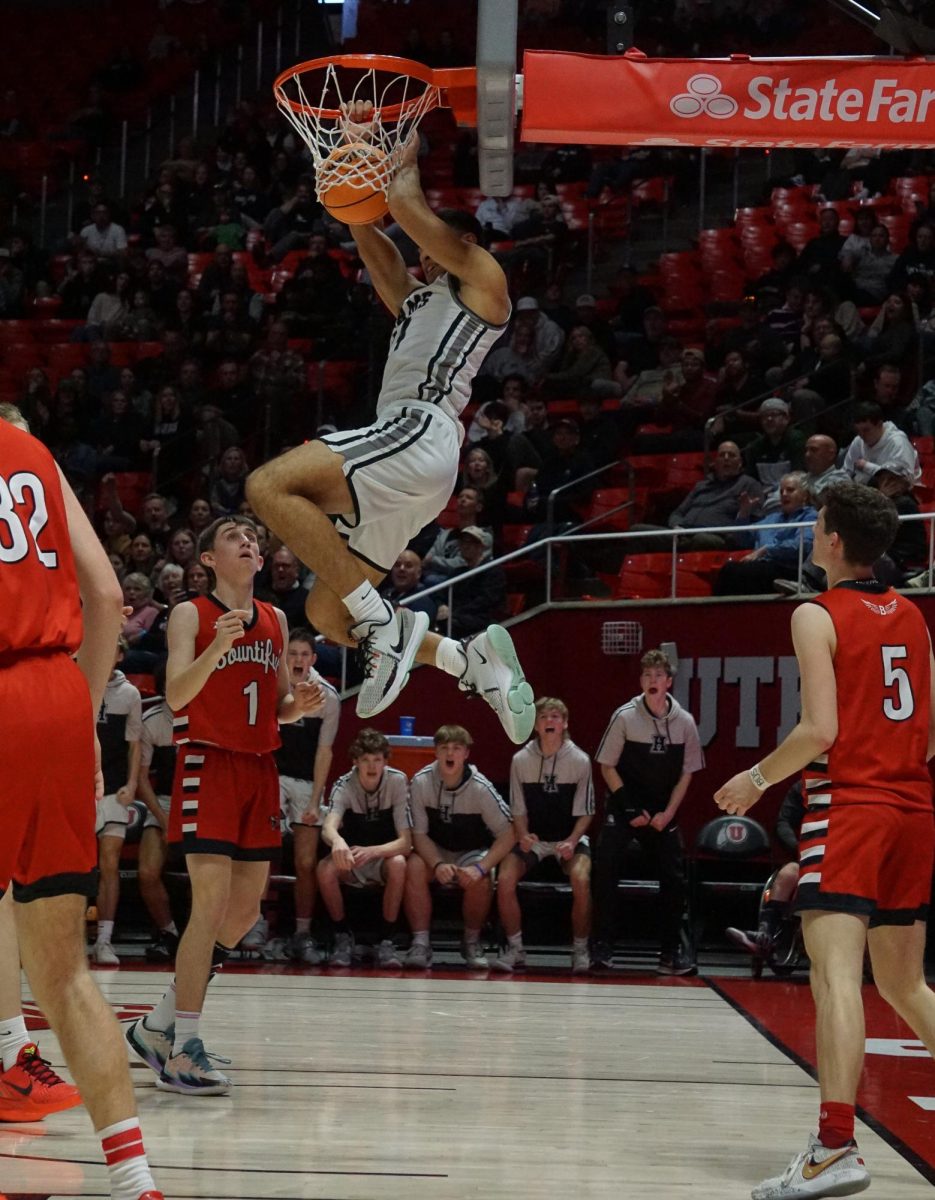
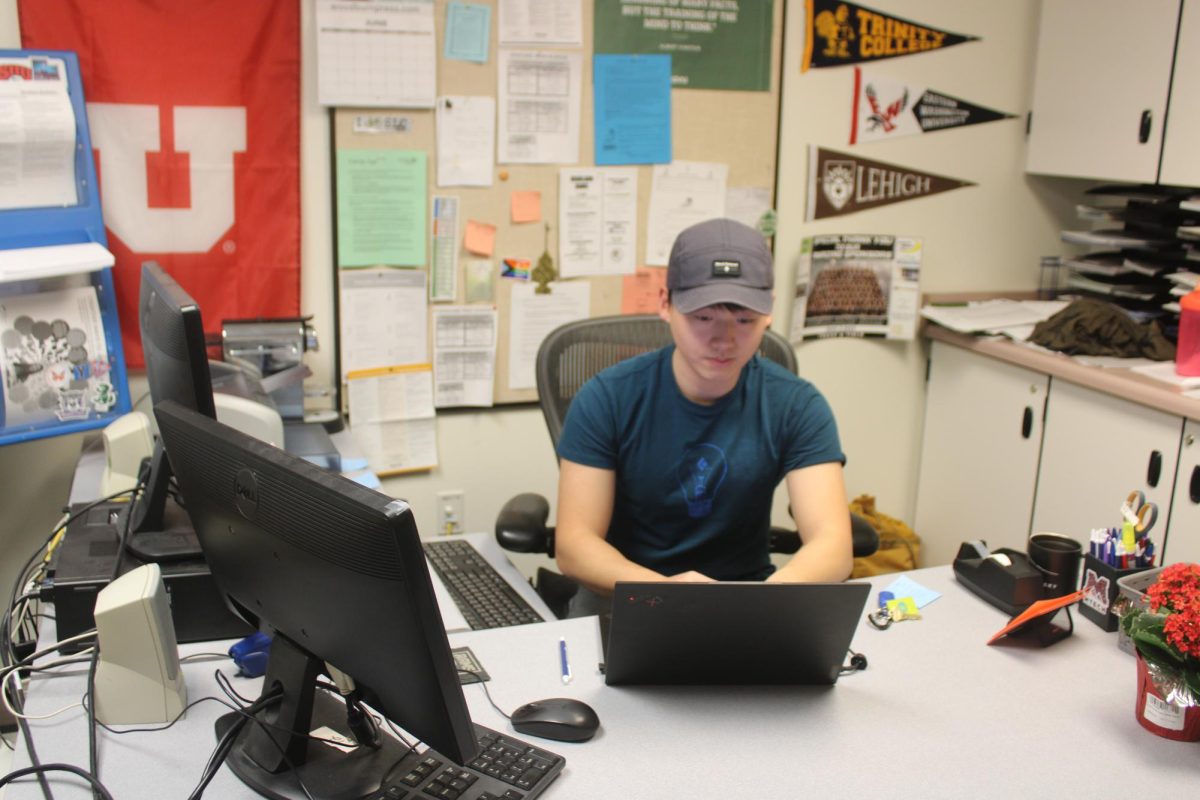
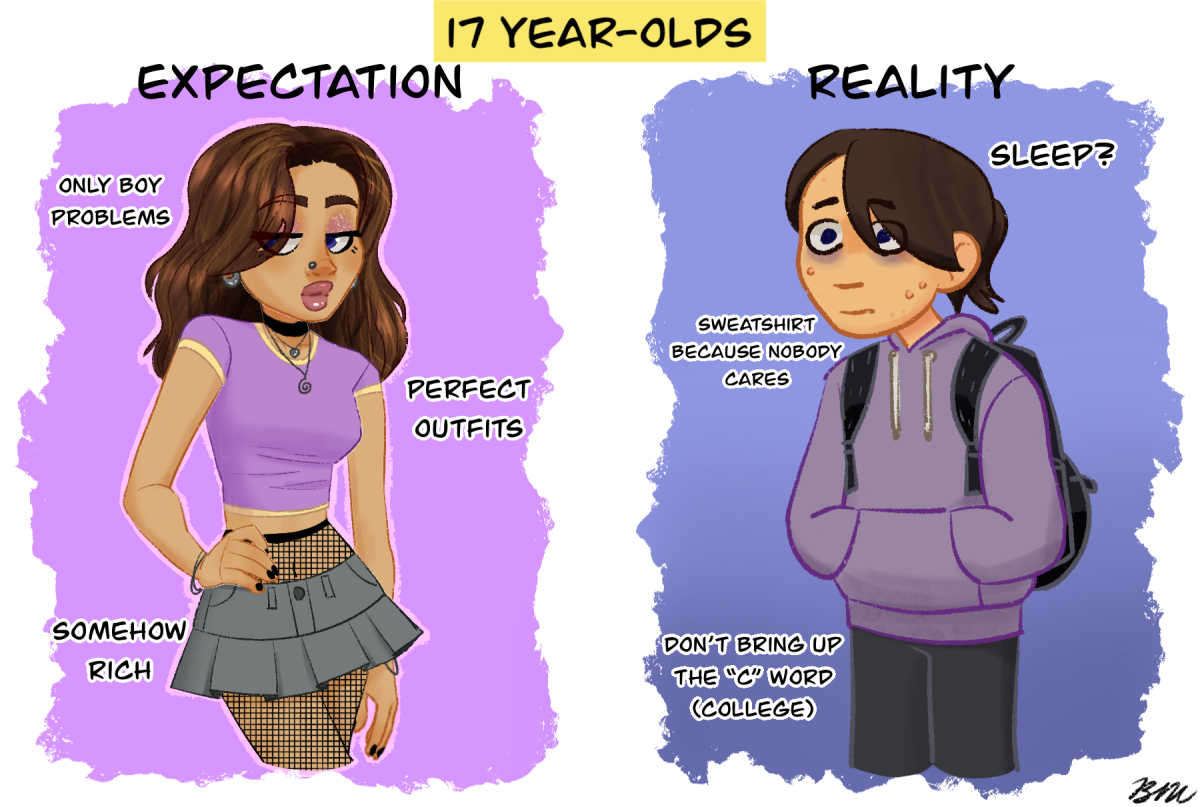








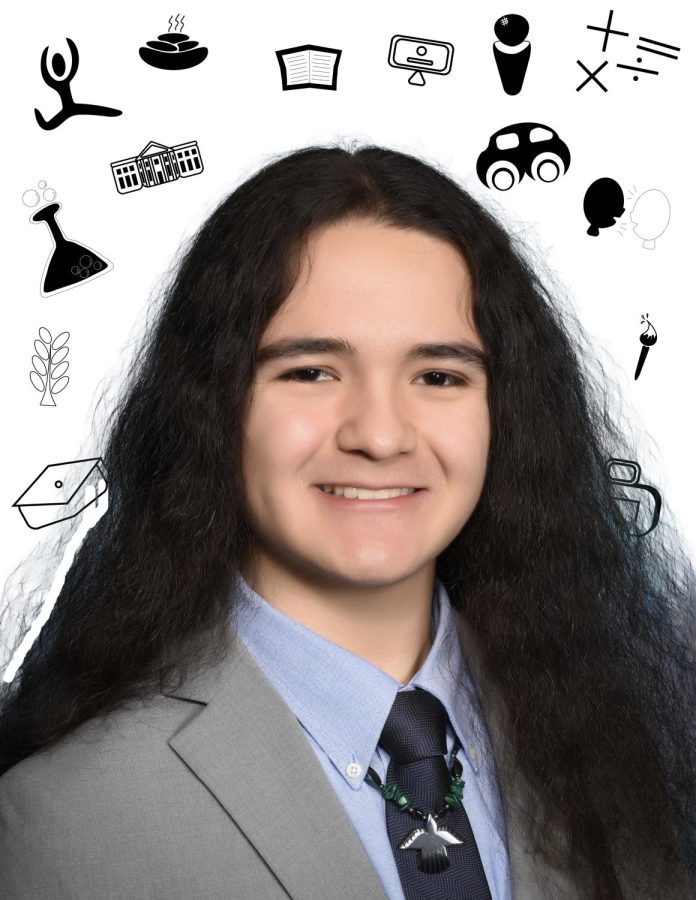







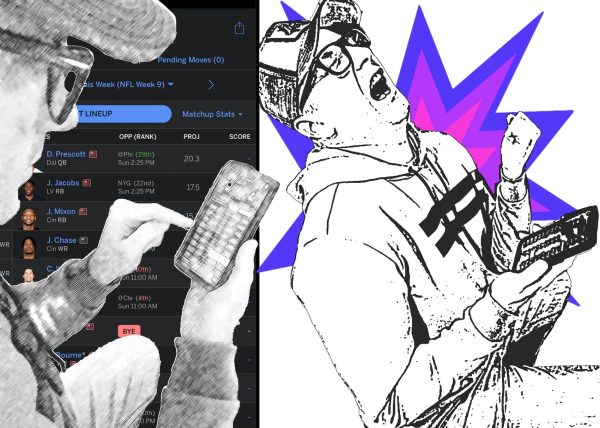
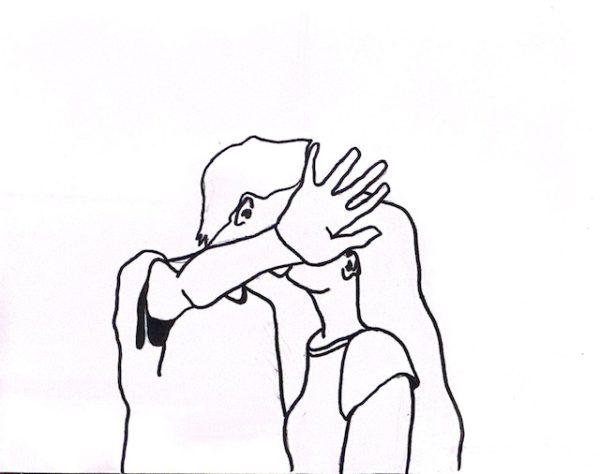
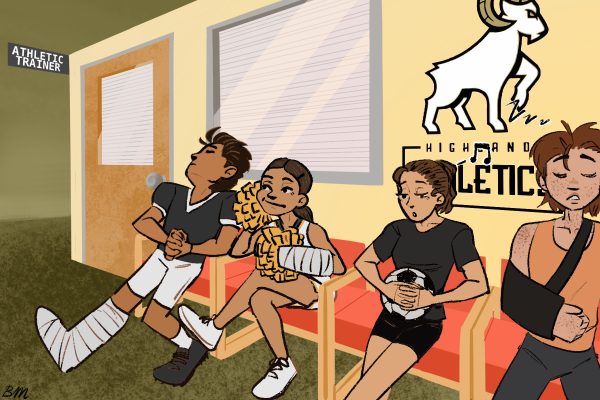



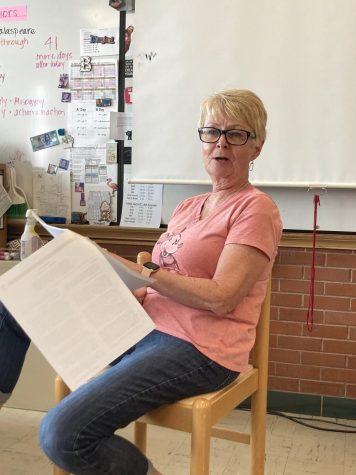
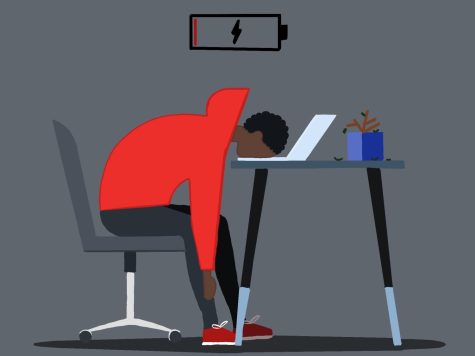
John C. Clark • Nov 5, 2015 at 4:48 pm
I believe your concern is valid. I am proud to read that fellow HHS Rams are interested in supporting justice and correcting ongoing problems in our society. Perhaps other Highland alumni agree with me and are willing to cooperate with your efforts. Go Class of ’67